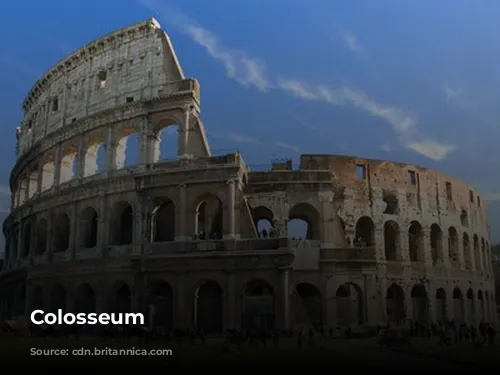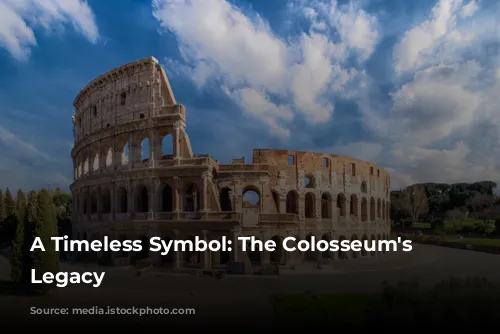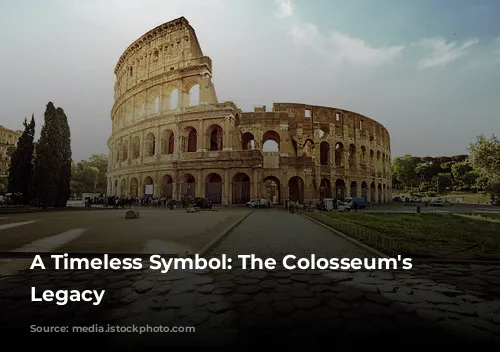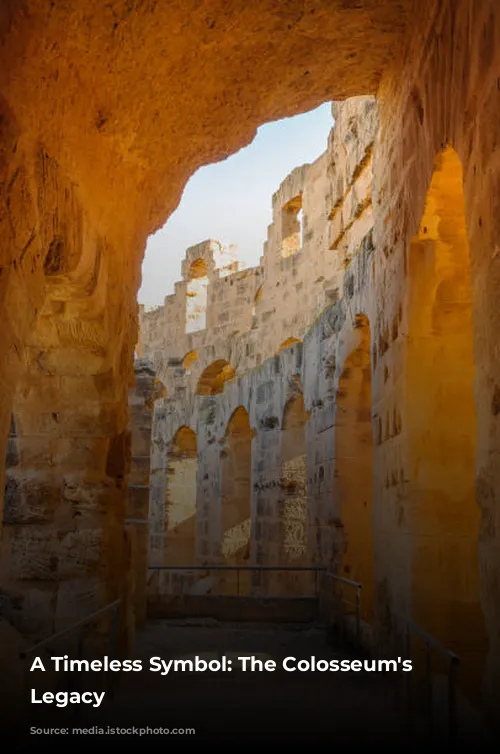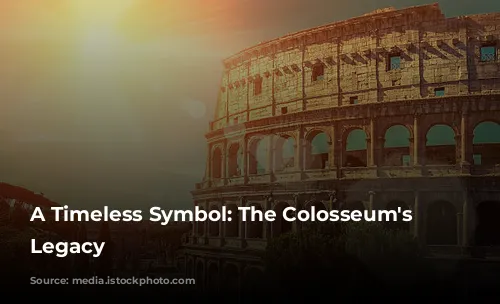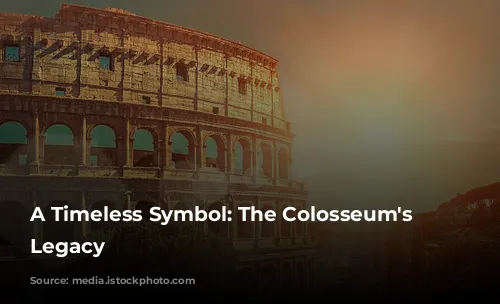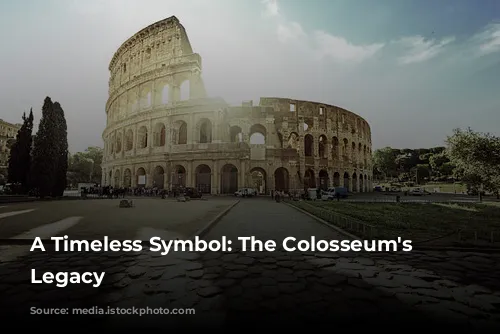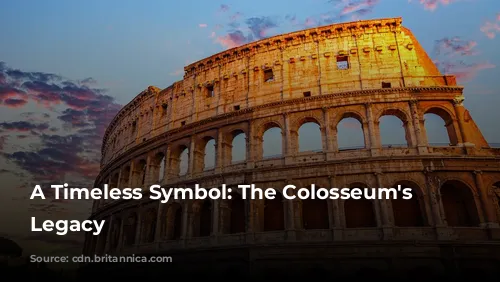The Colosseum, a majestic monument standing tall in the heart of Rome, is a testament to the architectural and engineering brilliance of the ancient Roman Empire. It’s not just a historical landmark but a thriving tourist destination, generating substantial revenue for Italy. In 2018 alone, the Colosseum, Roman Forum, and Palatine Hill collectively brought in over $63.3 million (€53.8 million), making it the top tourist attraction in Italy.
This iconic structure has witnessed centuries of history, its grandeur enduring even through periods of neglect and destruction. After the fall of the Western Roman Empire, the Colosseum fell into a state of disrepair. The Frangipane and Annibaldi families, prominent families of the time, transformed the arena into their fortress during the 12th century. In the late 15th century, Pope Alexander VI granted permission to use the Colosseum as a quarry, further contributing to its deterioration.
A Monument of Entertainment and Imperial Power
The Colosseum’s construction began under the reign of Emperor Vespasian in the early 70s CE, as part of a grand project to revitalize Rome following a period of turmoil. Vespasian, much like other Roman emperors, recognized the value of entertainment in maintaining public order and showcasing imperial power. The Colosseum was envisioned as a spectacular venue for gladiatorial combats, thrilling animal hunts, and even elaborate mock naval battles.
The construction of this monumental structure was completed in 80 CE by Titus, Vespasian’s son and successor. Titus dedicated the Colosseum with a grand celebration lasting 100 days, filled with games and spectacles. The final touch was added by Emperor Domitian in 82 CE, who oversaw the construction of the Colosseum’s fourth story. Interestingly, the funds for this grand project were derived from the spoils of war, specifically from Titus’s conquest of Jerusalem in 70 CE, and the laborers were, unfortunately, enslaved Jewish people from Judea.
A Masterpiece of Engineering and Architectural Innovation
The Colosseum stands as an impressive example of Roman engineering and architectural prowess. This elliptical structure, constructed using stone, concrete, and tuff, rises to a height of four stories. It spans a vast area, measuring 620 by 513 feet (189 by 156 meters), with a capacity to accommodate up to 50,000 spectators.
The Colosseum, unlike other amphitheaters built into hillsides, is a self-supporting structure. Its intricate design incorporates barrel vaults and groin vaults, showcasing the Romans’ mastery of architectural principles. The building boasts three tiers of arcades, each adorned with columns in different styles – Doric, Ionic, and Corinthian. This innovative design influenced Renaissance architecture, becoming known as the “assemblage of orders.” The exterior is primarily constructed of travertine, with volcanic tufa forming the inner walls. The arena itself and its vaulting were built using concrete.
A Glimpse into Roman Life: Spectators and Spectacles
Imagine the scene – 50,000 spectators filling the Colosseum, their excitement palpable as they anticipate the spectacle unfolding before them. To shield them from the sun, a massive retractable awning, known as a velarium, was carefully crafted. This ingenious structure was supported by masts extending from the top story, requiring hundreds of skilled Roman sailors to manipulate the rigging.
The Colosseum was the stage for countless captivating events – gladiatorial combats, contests between humans and animals, and even simulated naval battles. While the Colosseum’s role in the martyrdom of early Christians remains uncertain, it undeniably played a vital role in Roman life, showcasing the grandeur and power of the Empire.
From Neglect to Restoration: The Colosseum’s Enduring Spirit
The Colosseum’s story, however, doesn’t end there. Throughout the Middle Ages, the Colosseum was repurposed – used as a church, then as a fortress for powerful Roman families. Over time, it suffered from the ravages of time, lightning strikes, earthquakes, and vandalism. The once-glorious marble seats and decorative elements vanished, the site reduced to a quarry for over a thousand years.
The 19th century marked a turning point, with efforts led by Pope Pius VIII to preserve this iconic structure. The 1990s saw a major restoration project, breathing new life into this ancient marvel. Today, the Colosseum stands as one of Rome’s most beloved tourist attractions, welcoming millions of visitors each year. Regular exhibitions showcasing the culture and history of ancient Rome further enhance the Colosseum’s significance as a cultural treasure.
The Colosseum is more than just a building – it’s a window into the past, a reminder of the grandeur of ancient Rome, and a symbol of the enduring human spirit. Despite its turbulent history, it continues to inspire awe and wonder, captivating generations with its story of resilience and magnificence.


